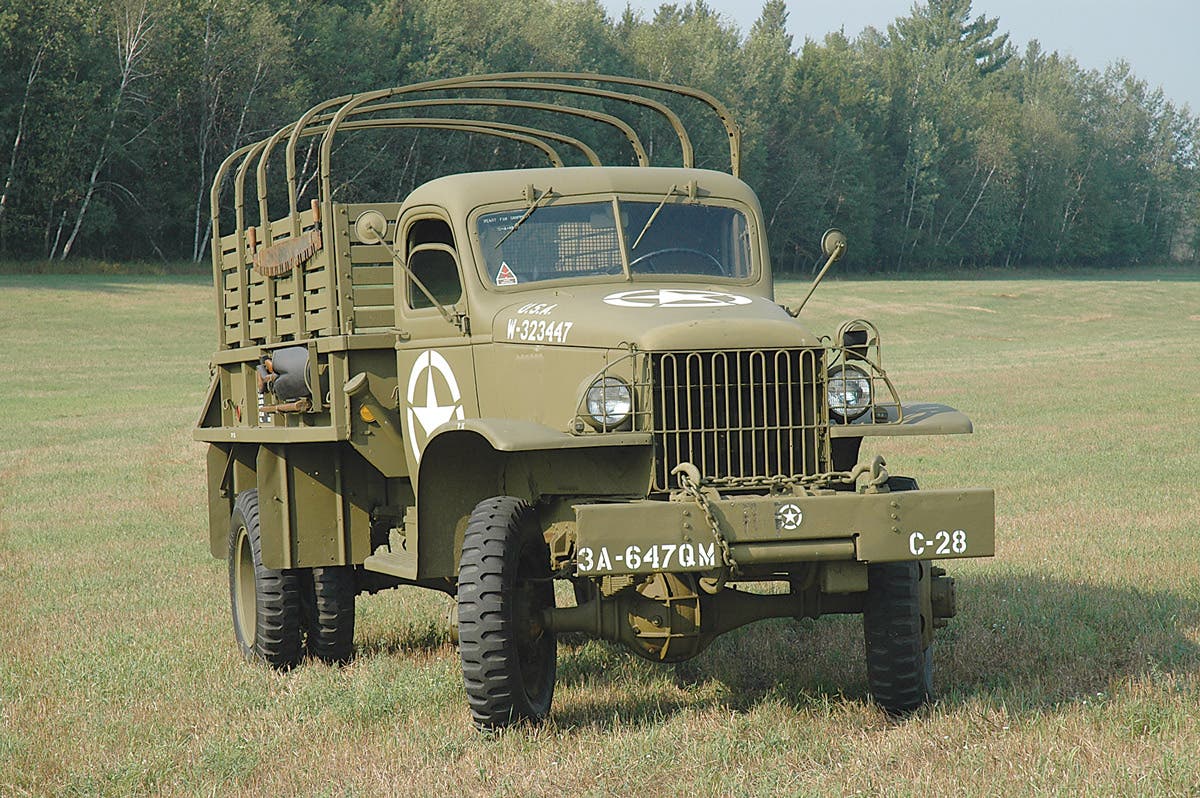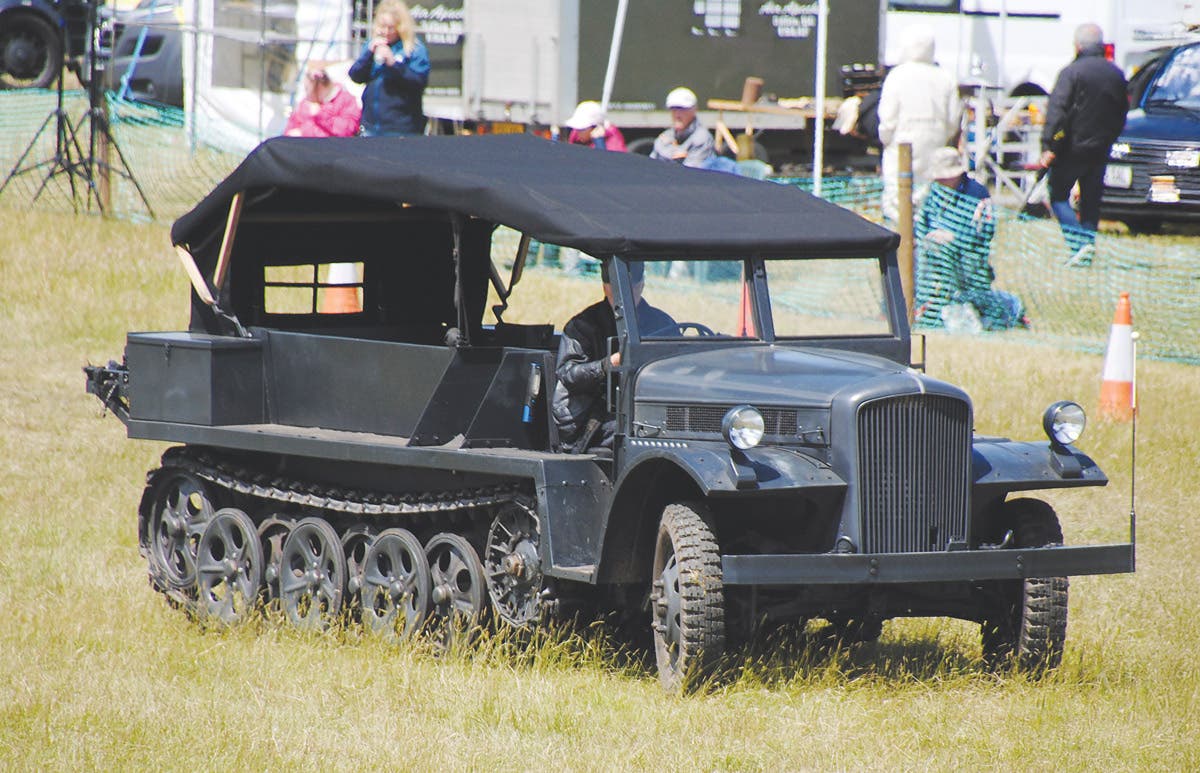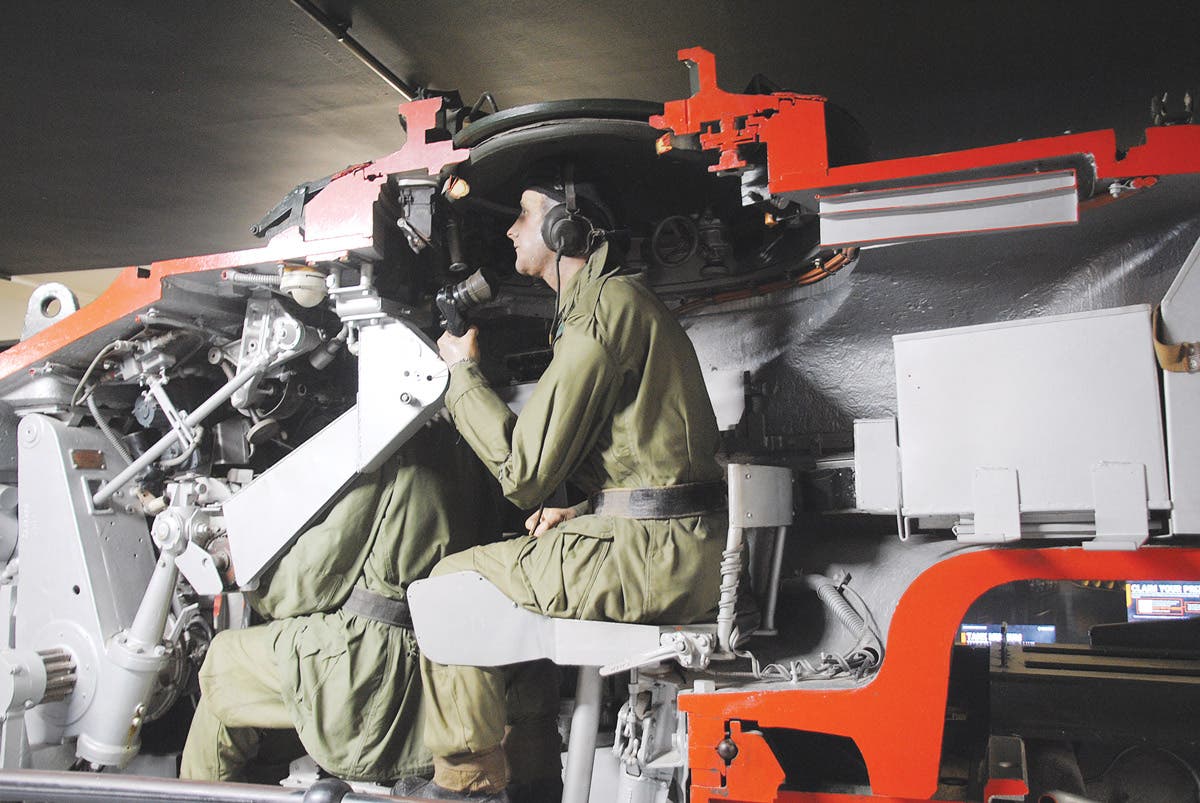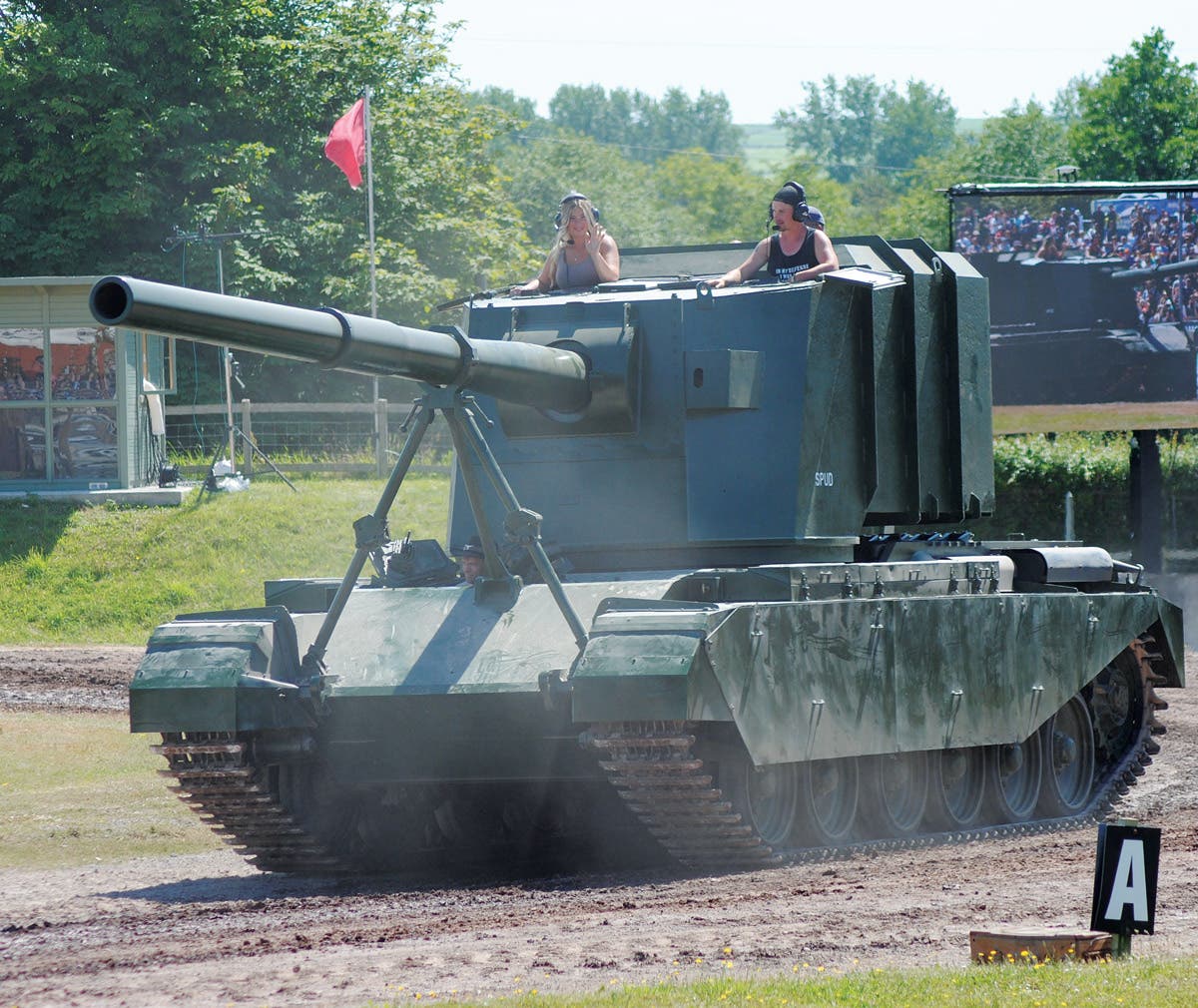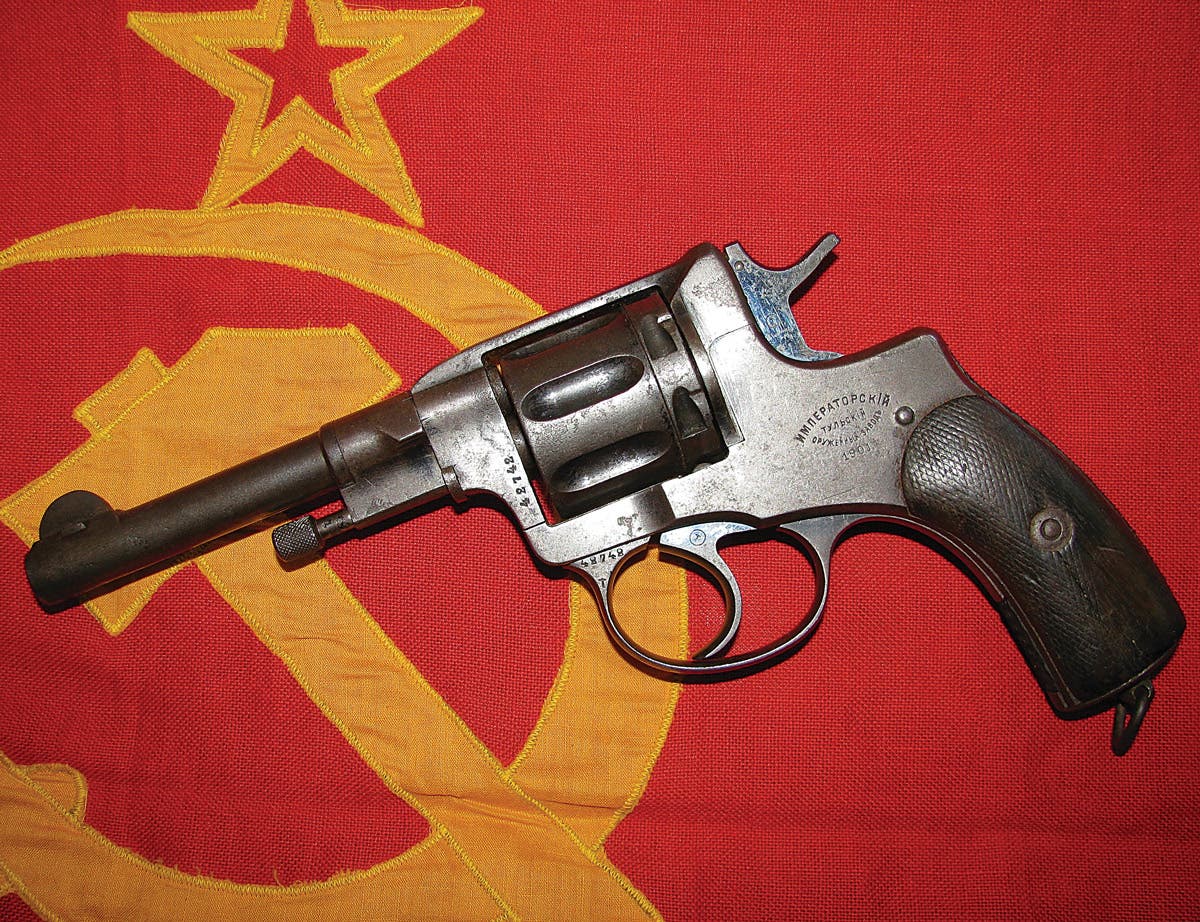Awash With Interest
by Manny Rogers One of the fastest growing areas in the military vehicle collector hobby is that group of vehicles that can operate both on land and on water. Today,…
by Manny Rogers
One of the fastest growing areas in the military vehicle collector hobby is that group of vehicles that can operate both on land and on water. Today, it is unusual to attend a military vehicle show that does not include at least one and often several restored amphibian vehicles (“ambphibs”). Classified ads selling or seeking military amphibians are in nearly every issue of Military Vehicle Magazine, Supply Line, Millweb and all the rest of the places collectors advertise. A distinct website exists for GPAs. DUKWs are a subset of GMC forums and Amphibian weasels are a subset of M29 forums and have had a lot to do with the resurgence of interest in all Weasels.
DUKW, GPA and Weasel parts and whole vehicles are bought and sold across the globe on eBay and elsewhere. Prices being asked and actually being paid for GPAs and DUKWs are as much as five times what they were a decade ago and sometimes as much as ten times what they were two decades ago. One might wish that they had their 401K retirement fund invested in DUKWs and GPAs rather than the stock of the companies that built them!
GPA Fever
Before the invention of amphibious vehicles, the only practical way to get men and material from ship to shore was to use the facilities of a port. When WWII loomed on the horizon, it became obvious that ports would be among the most heavily defended installations and that any necessary invasions would require another way to move cargo ashore. The National Defense Research Committee employed civilian firms to design military equipment. They chose naval architects Sparkman and Stephens and Ford Motor Company to collaborate on the design of a military amphib. The concept was to take the proven design of the standard jeep and create a hull to make it amphibious. The Ford GPA was the design that resulted and proved the feasibility of the concept.
Recently, I had the opportunity to appreciate how small and interconnected our world has become. At the summer of 2008 MVPA Convention in Portland, Oregon Dave Welch, president of the MVPA, I and several other “amphibs addicts” sat and stared at a parade of GPA photos on the laptop computer of Australian Richard Sanders. Richard is the “Pacific Rim guru of GPAs”. He told us of the 50 surplus GPAs purchased by a Ford dealer in Australia at the end of WWII. Because wartime automotive production had switched to military vehicles, rather than civilian autos, no new civilian cars were available to be purchased in Australia. Since necessity is the mother of invention, that Ford dealer marketed those GPAs as passenger vehicles to buyers who had no other option. They weren’t going to swim in arid parts of the country, so the bows were often cut off for better maneuverability. In an area where there was water, one farmer cut a huge hole in the floor so his kids would not risk sinking the family car. Cutting doors in the side of the hull for easier entrance was pretty much standard.
When those GPAs wore out mechanically and/or were replaced by new vehicles, they were often left derelict in sheds on back country farms. The dry climate has preserved many of them. Richard Sanders spent countless days tracking them down and rescuing them for collectors anxious to restore one. He tells stories of fending off vicious dogs and perhaps equally vicious farmers in the course of that pursuit. One of the more colorful tales is that of finding the remnants of several GPAs carefully stored in the space underneath a farmhouse. After negotiating the purchase, he gathered together the rear three quarters of a hull from one GPA and the bow from another, such that a GPA could be re-created, if one had enough skill to even try it.
Part two of this story happened the week after Christmas of 2008. We were in Holland visiting family for the holidays, and with a friend from the hobby, I was doing what we in the hobby do, visiting scrap yards and vehicle dealers. I should explain that the Netherlands is the home of many of the foremost “European GPA gurus” and seems to have more GPAs per capita than anywhere else on earth.
My friend Cees Witte took me to the store/museum/workshop of Bram van Buuren. Bram had recently moved his military vehicle restoration business from a small shop behind his home to a former furniture showroom and warehouse. The entrance of the store area is filled with displays of restored military and vintage Jeeps. Among them were several vehicles for sale including one beautifully restored GPA with an asking price of 100,000 Euros (approx. $125,000 US).
The real surprise was in the back of the building. Off to one side were two seriously rusted and badly cut up GPA hulls. Bram explained that he was going to restore them for a customer who bought them from a guy in Australia named, you guessed it, Richard Sanders. Bram and his son Thijs, who works with him, are two of just a handful of craftsmen you would trust to have the skills and attention to detail to complete such a restoration.
Because of the scarcity of GPA parts and the unique demands amphibious operation places on certain components, several of these “GPA gurus” are producing original or better than original parts. For example, Richard Sanders sells brake wheel cylinders modified to prevent failure due to corrosion; Bram van Buuren has fabricated replacement top rub rails for the GPA, Gerben Faber has reproduced replacement panels for the hull bottom plates most prone to rust, while others have reproduced the boot seals for axles and steering and improved wheel seals to prevent water entering the axles and differentials.
Owners and restorers of amphibs are no less concerned with authenticity than other military vehicle owners; but in order to maintain safety and prevent the deterioration that water operation can cause, they must, and do, go the extra mile in every aspect of preparing, priming, painting, sealing and corrosion prevention.
GPA Too Small? Try a DUKW
To move significant quantities of cargo, a larger amphibian was needed. Understanding the need to standardize designs to simplify maintenance and parts supply, the N.D.R.C. then contracted the same firm to work with General Motors Corporation to make the 2-1/2-ton CCKW amphibious. Roderick Stephens, who was the younger brother of one of the two founders of the firm, collaborated with General Motors engineers and members of the N.D.R.C. In a little more than a month a prototype was designed and built. It used the engine and drive train of a conventional banjo axle CCKW. (Banjo axles were chosen because they were inherently less likely to let in water). Added to that was a compressor and valve system to adjust air pressure in any tire at any time from the driver’s seat, two bilge pumps, gear box, shaft and propeller for water drive, a rear-mounted winch whose cable could pass through the vehicle to pull from the bow as well as the stern, anchor, provision for an A-frame hoist and much more.
One illustration of the war time effectiveness of the DUKW is that 3,000,000 tons of supplies came ashore by DUKW between June 6, 1944 and May 8, 1945 in Europe alone. Another tribute to the dependability of the DUKW is that General Dwight Eisenhower, General George Marshall, General Charles de Gaulle, King George VI of England and Prime Minister Winston Churchill all came ashore by DUKW when each visited Normandy soon after D-Day. On page 163 of his memoir of WWII Crusade in Europe, Supreme Allied Commander General Eisenhower says the DUKW was “one of the most valuable pieces of equipment produced by the United States during the war.”
It is probably not a coincidence that the popularity of amphibs among military vehicle collectors has had a growth that parallels the civilian commercial amphibious tour industry. Nationally and internationally, commercial duck tour operations have probably carried more passengers in and out of the water than all military personnel carried on these types of vehicles during WWII. These high visibility operations have attracted new collectors into our hobby and have consciously or subconsciously motivated existing vehicle collectors to lust for an amphib.
Consider, as an example, Boston Duck Tours. After struggling for nearly two years to get more than 25 licenses and permits required to operate such a tour, the company opened for business in October of 1994. They started with four WWII DUKWs which maintained their original appearance, but had updated mechanical systems for reliability and greatly expanded and improved safety systems. The company has grown to a total of 26 amphibs and annually carries more than 600,000 passengers.
Victory parades of DUKWs through the streets of Boston have carried Red Sox World Series winners and New England Patriots Super Bowl Champion teams, in what is now a Boston sports tradition. The international publicity about those victory parades have helped to keep WWII DUKWs in the limelight. These 65 year old veteran vehicles have to be the longest and hardest working WWII trucks on the planet!
Ironically some of these tour ducks were purchased from military vehicle collectors, updated and used as tour vehicles and are now being retired and sold to current collectors who will probably return them to original WWII appearance. Boston Duck Tours, for example, currently has four such retired DUKWs for sale for private use only.
Current Popularity
There is no doubt that amphibious vehicles are a triumph of ingenuity. Above and beyond their historic accomplishments, a large part of what makes them special is that they are such great fun. More than any other vehicle, they inspire huge smiles and friendly waves from those who operate them and those who simply watch them pass. Driving into and out of the water is a unique experience every time you do it. Amphibs in general and GPAs and DUKWs in particular seem to be the most “family-friendly” of collector military vehicles.
This has been proven by “Les Amis des Amphibies”, a European group of dozens of amphibian vehicle owners, which for more than 20 years have gathered each summer for a European “Waterweek”.
This close-knit—but informal—group consists for a large part of families. The children of the founders have grown up in the group and the 20th Waterweek was organized by them, appropriately at the location of the first Amphib, in Holland. And some of them brought their children! The members take turns organizing and hosting the event, alternating between Holland, England, Belgium, France, Germany, Italy, Norway and Sweden.
A typical European Waterweek is usually based at a campground with the group often reserving an entire section of the campground and setting up tents and campers next to their vehicles. Things start off with a welcoming dinner or barbecue, and the week’s plans are outlined. The hosts plan daily trips which include roadways and waterways, traveling together to points of interest in the vicinity of the strategically chosen campground.
There has been a passionate effort to begin a similar event in the United States. The last two Portland, Oregon MVPA Conventions have each attracted about a half dozen amphibs. At both conventions, local DUKW owners have been gracious enough to arrange cruise events where a large number of convention goers got to take a DUKW ride.
At this year’s MVPA Convention August 6-9, at Evansville, Indiana, the number of amphibs is expected to double or triple any previous turnout. The impetus for so many amphibs to gather at this year’s convention comes from the desire of their owners to honor the valiant contributions of LST 325 and her sister ships of the Normandy Invasion on this 65th anniversary.
People from as far away as the East and West Coast are planning to bring their amphibs. Inspired by the presence of the last operating LST, the LST 325, this promises to be the largest gathering of collector-owned military amphibs in U.S. history. Conditions permitting, there is a plan to load a number of the amphibs onto the LST, and demonstrate a water launch at a point in the river where the audience on shore can watch the launch and simulated assault landing. Such a multiple launch has not occurred in decades and this opportunity may never come to pass again.
Owners of amphibs should arrange their transportation now. To reserve a space in the plans that are being formulated, please e-mail Manny Rogers at manny@earthlink.net or phone 617.429.1090.



